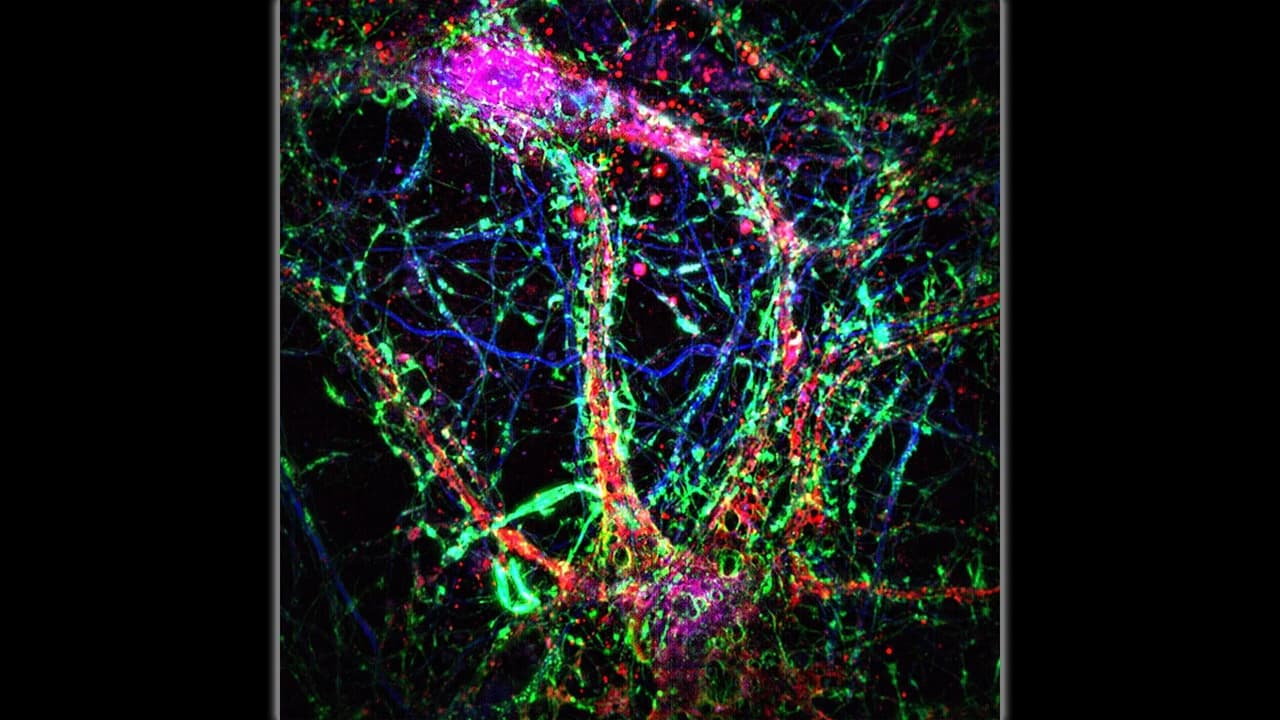Johns Hopkins researchers discover tiny brain nanotubes that move toxic proteins between neurons, shedding light on Alzheimer’s progression and opening potential pathways for early detection and future treatments.
Scientists at Johns Hopkins Medicine have uncovered microscopic “nanotube” channels in the brain that may explain how Alzheimer’s disease spreads. These thin, bridge-like structures form between neurons, moving toxic molecules like amyloid-beta—proteins that can accumulate into plaques characteristic of Alzheimer’s.
How Nanotubes Spread Toxic Proteins
Using genetically modified mice, researchers observed that neurons create long, slender nanotubes to expel harmful molecules. While this process helps cells get rid of toxins, it can also transmit them to neighboring neurons. “Cells have to get rid of toxic molecules, and by producing a nanotube, they can transmit these molecules to a neighboring cell,” said Hyungbae Kwon, associate professor of neuroscience.
The study found that mice predisposed to Alzheimer’s had more nanotubes at three months old, before any symptoms appeared. By six months, the number of nanotubes in normal and Alzheimer’s-model mice began to even out. This suggests that nanotube formation could be an early factor in disease development.
Human Neurons Show Similar Structures
Researchers also identified nanotubes with similar morphology in human neurons, indicating that these structures may play a comparable role in the human brain. Advanced imaging and computer simulations revealed a “nanotubular connectivity layer” that adds a new dimension to neuronal communication.
The discovery opens up potential therapeutic strategies. Future research will explore whether controlling nanotube formation—either increasing or decreasing it—could protect the brain at different stages of Alzheimer’s.
“When designing a potential treatment based on this work, we can target how nanotubes are produced,” Kwon said.
The research was published in Science and was funded by the National Institutes of Health. The study team included researchers from Johns Hopkins and the University of Tokyo, Japan.
